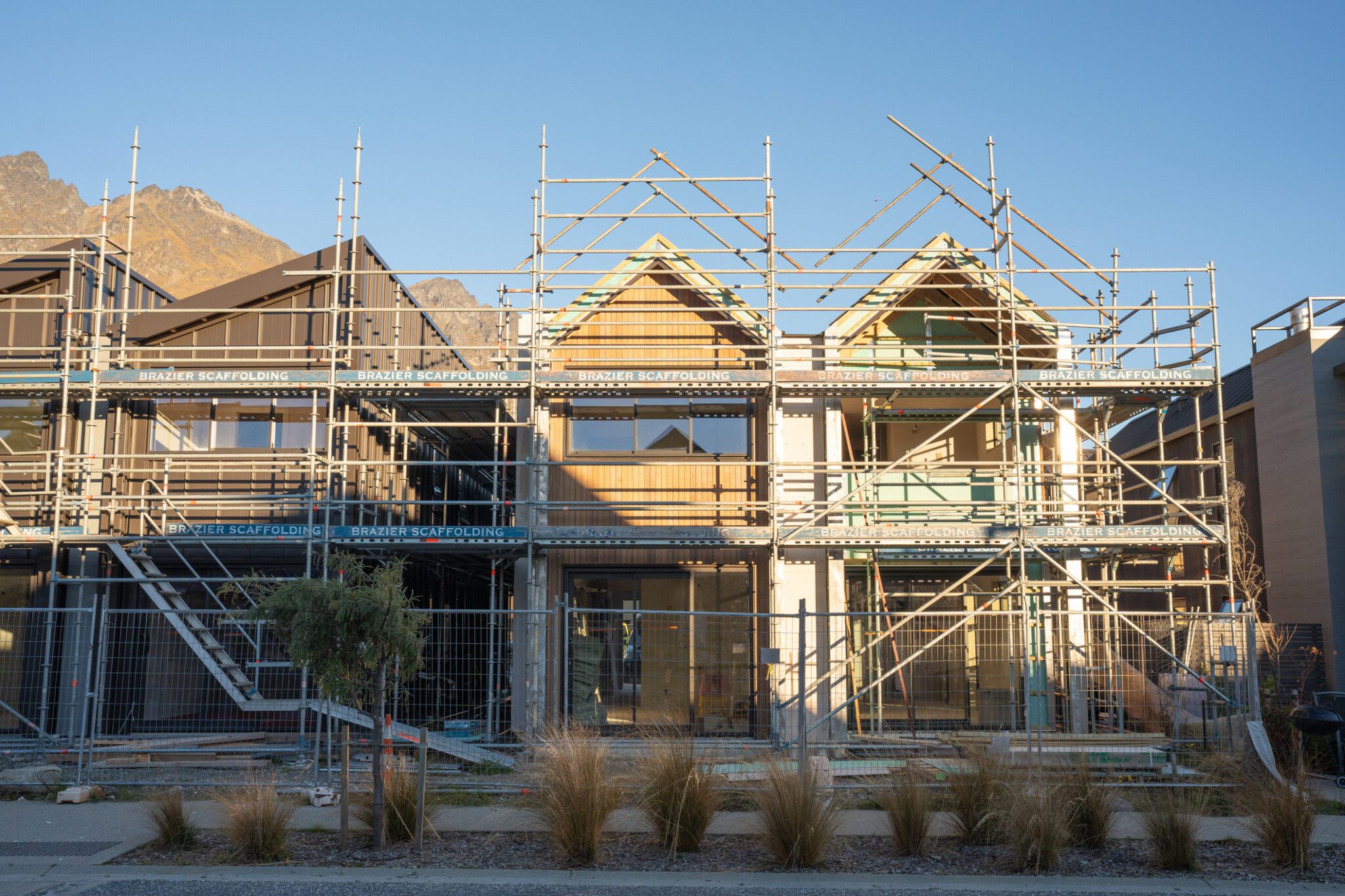In a recent decision, the High Court has refused to strike out a third-party contribution claim on the basis that the claim is not time barred, despite the contribution claim having been brought outside the ten year ‘longstop’ limitation period imposed by the Building Act 2004 (BNZ v Wellington City Council [2021] NZHC 1058).
Background
In February 2011, Bank of New Zealand (BNZ) leased purpose-built premises from CentrePort Limited at Waterloo Quay, Wellington. The building suffered irreparable damage from the Kaikoura earthquake in November 2016 and as a result it was unable to be occupied.
In August 2019, BNZ filed court proceedings seeking damages from the Wellington City Council (WCC). BNZ allege that WCC was negligent in granting the building consent for the superstructure of the building as well as in its inspection of the building work and issuing a code compliance certificate.
On 29 September 2019 WCC joined third parties to the proceeding, including Beca Carter Hollings & Ferner Limited (Beca). Beca provided structural engineering services for the design of the building, and construction monitoring services.
Beca applied for an order striking out WCC’s claim, or alternatively, seeking summary judgment against WCC on the basis that the third-party claim was brought out of time.
Does the ten-year limitation longstop in the Building Act trump a contribution claim?
Beca claimed that WCC was barred from issuing proceedings against Beca, because the third party claim had been brought more than ten years since Beca carried out the allegedly negligent work. Beca referred to section 393(2) of the Building Act 2004 (Building Act), which provides a ten-year longstop for all claims relating to building work.
WCC’s response was that if it was liable to BNZ, then it was entitled to contribution from Beca under section 17(1)(c) of the Law Reform Act 1936 (Law Reform Act) on the basis that Beca is a concurrent tortfeasor. It argued the right of contribution under the Law Reform Act was not restricted by the ten-year limitation longstop in the Building Act 2004.
Beca relied on successive High Court decisions which made no distinction between a primary claim by a plaintiff and a claim for contribution against a concurrent tortfeasor in terms of limitation periods. These decisions were supported by policy considerations such as finality and certainty as being the motivators for enacting longstop provisions. The High Court decisions that Beca relied on assumed that if Parliament had intended to exclude claims for contribution from the longstop in s 393(2) of the Building Act, it would have done so expressly.
The High Court’s decision
Justice Clark reviewed the legislative history of the statutory provisions solidifying the right to claim contribution. Justice Clark considered the background to section 17 of the Law Reform Act, and section 91 of the Building Act 1991 (the precursor to section 393), as well as section 34 of the Limitation Act 2010 (Limitation Act). Justice Clark noted that as a result of a decision at odds with the status quo (Merlihan v A.C. Pope Limited (1946) 1 KB 166) Parliament specifically revised the Law Reform Act to ensure a defendant’s right to seek contribution from a joint tortfeasor, through the amendment of section 17.
Justice Clark invoked the principle of interpretation whereby general statutory provisions did not derogate from specific provisions. The Court found that without express words it was unlikely that Parliament had intended, through the introduction of the Building Act, to alter a rule passed to regulate a specific situation.
In addition, Clark J found that the right to contribution was not affected by the longstop in section 393 of the Building Act as the “civil proceedings” to which s 393 applies only refers to original claims. A “civil proceeding” is not defined in the Building Act, however it is defined in the Limitation Act, which makes a distinction between an “original claim” and an “ancillary claim.” An ancillary claim, which includes a claim for contribution, is covered by section 34 of the Limitation Act.
Section 34 of the Limitation Act creates a specific two-year limitation period in relation to certain contribution claims. The two years runs from the date when the tortfeasor’s liability to another is quantified. Justice Clark held that the Building Act’s ten-year longstop does not override this specific two-year longstop in relation to contribution claims.
Justice Clark said that the Limitation Act consolidated the right to contribution by:
- exempting a claim for contribution from the definition of money claims;
- enacting a two-year period with which claims for contribution are to be brought; and
- specifying a date for accrual of a cause of action for a contribution claim that is different from the date on which time starts running for money claims.
The Building Act longstop is still relevant to contribution claims, as the ten-year longstop continues to apply to plaintiffs. For a contribution claim to be made, liability against the original defendant must be established. If claims by plaintiff building owners are not brought within the ten-year longstop, other parties cannot be exposed to contribution claims, as the defendant’s liability to the plaintiff will not have crystallised. Justice Clark noted that any concerns within the construction industry regarding ongoing liability are therefore managed by this restriction.
Result
Ultimately the Court did not consider WCC’s claim to be clearly barred, so it was unable to be struck out, and Beca’s application was dismissed.
Justice Clark decided that a claim for contribution can be brought any time within two years after the defendant’s liability to the plaintiff is determined. The ten-year Building Act longstop does not apply, and nor does the Limitation Act’s fifteen-year longstop (which specifically does not apply to contribution claims). Defendants in building claims will now be able to seek contribution from other parties, regardless of when proceedings are issued against them.
The decision is significant, as it represents a major departure from the approach taken by the High Court over recent years in other similar cases. The litigation continues, and at the time of writing, it is unknown whether Beca will seek to appeal the decision.
If you have any questions about limitation periods or construction litigation, please contact a member of our litigation and dispute resolution team.
Disclaimer: The content of this article is general in nature and not intended as a substitute for specific professional advice on any matter and should not be relied upon for that purpose.





